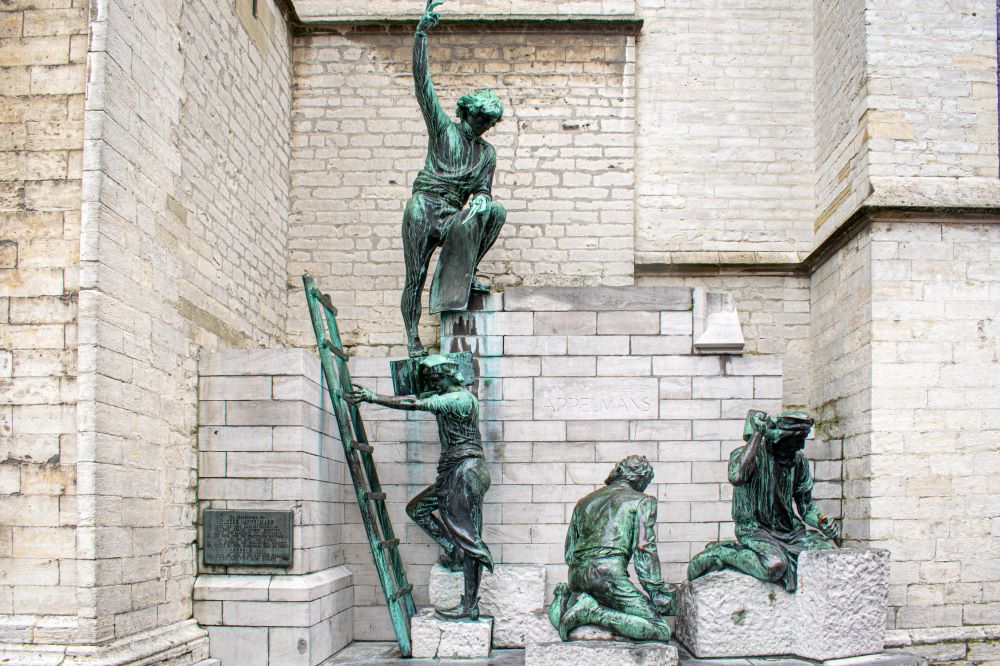Are you a big picture person or a details person?
Think about it for a moment.
Would you respond differently if you knew your answer would determine your leadership potential in the eyes of your company’s executives?
The conventional thinking is that big picture thinkers can quickly identify patterns to see a fully formed idea. They’re described as “right-brained,” visionary, creative, and strategic. They move fast and jump from idea to idea. Many executives consider them leadership material. However, they’re also often described as disorganized, messy, or unable to assess the viability of their ideas realistically.
On the other hand, details people notice small changes in patterns and may prefer to edit or tweak a plan rather than develop one from scratch. They ask a lot of questions, work methodically, and get the small things right consistently. As a result, they tend to move slowly and triple-check every idea. They’re also often seen as perfectionists who tend to over-think things.
If you’ve taken the famous Myers Briggs test and identified as an “N,” you’re considered an Intuitive personality type (in other words, a big picture person). If you took the test and identified as an “S,” you’re a Sensing personality type (aka detail-oriented).
Many leaders try to balance their teams with these two very different types of personalities. Startup business leaders, in particular, often hear encouragement to hire tactical, details-focused people to counterbalance the vision and “big thinking” the founder brings.
This thinking exists in larger organizations, too. A marketing leader at a technology company told me the company’s CMO overlooked her for promotion to vice president. He considered her a details person, and he felt the company needed a big picture person to “take things to the next level.”
He hired a visionary for the position, who lasted all of eight months. During that time, the big thinker upended and reorganized the marketing teams, redesigned the website, and instituted a new digital vision for the company.
The PowerPoint was beautiful. The reality didn’t go well.
The visionary vice president never understood the intricacies of the business. And he never took the time to work out the details of how the digital vision would be measured.
Many people feel leaders should focus more on strategy and then empower their teams to handle the details. “Don’t micromanage,” they warn. “Leave the details to the team.”
The danger comes from leaning too far into the myth of the big-thinker leader. The higher people go, the fewer details they’re expected to focus on. Their desk gets messier. Their attention and appreciation of detail become tenuous.
Successful leaders today need the ability to paint a big picture. But they also need to understand the details of what they want their teams to accomplish. They also need to appreciate the value of those details.
Business strategist and author Peter Drucker famously shared a parable of three stonecutters. One cuts stone because he needs the money – it’s a means of making a living. The second does it from a desire to be the best stonecutter in the village. The third joyfully hammers away with the understanding that cutting the stone is an essential step toward the true goal – building a cathedral.
The parable illustrates how important it is to understand the big picture. What’s left unsaid is just as important. In order for the cathedral to rise, the big picture architect must know the details of how many stones need to be cut.
It’s your story. Tell it well.





